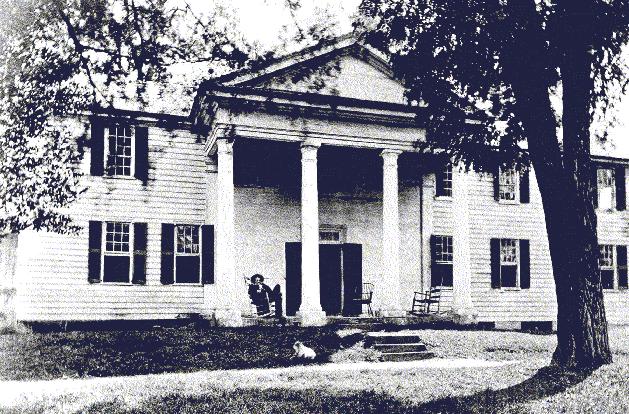|
Charleston Innovation Campus
The Charleston Innovation Campus is a branch campus of Clemson University, located at the former Charleston Navy Yard in North Charleston, South Carolina. It was established in 2004, and houses the Warren Lasch Conservation Center, Dominion Energy Innovation Center, and the Zucker Family Graduate Education Center. Warren Lasch Conservation Center The Warren Lasch Conservation Center was established in 2000 for the conservation and restoration of the submarine ''H.L. Hunley''. The namesake of the building is Warren F. Lasch, who was chairman of Friends of the Hunley during the ''Hunley'''s recovery. The ''Hunley'' is housed in a specially designed tank of sodium hydroxide. The center became part of Clemson in 2004, and its scope expanded into research of various metal and architectural conservation topics. Dominion Energy Innovation Center The Energy Innovation center opened in 2013 with the help of a $45 million grant from the U.S. Department of Energy. The center houses ... [...More Info...] [...Related Items...] OR: [Wikipedia] [Google] [Baidu] |
Clemson University
Clemson University () is a Public university, public Land-grant university, land-grant research university near Clemson, South Carolina, United States. - The blue-shaded pattern denotes university property. This shows Clemson University is ''outside'' of the Clemson city limits. Founded in 1889, Clemson is the second-largest university by enrollment in South Carolina. For the fall 2023 semester, the university enrolled a total of 22,875 undergraduate students and 5,872 graduate students, and the student/faculty ratio was 15:1. Clemson's campus is in the foothills of the Blue Ridge Mountains. The campus now borders Lake Hartwell, which was formed by the Hartwell Dam, dam completed in 1962. Clemson University consists of nine colleges: Agriculture, Forestry and Life Sciences; Architecture, Arts, Art and Construction; Arts and Humanities; Behavioral, Social and Health Sciences; Engineering, Computing and Applied Sciences; Education; The Wilbur O. and Ann Powers College of Busines ... [...More Info...] [...Related Items...] OR: [Wikipedia] [Google] [Baidu] |
Charleston, SC
Charleston is the most populous city in the U.S. state of South Carolina. The city lies just south of the geographical midpoint of South Carolina's coastline on Charleston Harbor, an inlet of the Atlantic Ocean formed by the confluence of the Ashley, Cooper, and Wando rivers. Charleston had a population of 150,227 at the 2020 census. The population of the Charleston metropolitan area, comprising Berkeley, Charleston, and Dorchester counties, was estimated to be 849,417 in 2023. It ranks as the third-most populous metropolitan area in the state and the 71st-most populous in the U.S. It is the county seat of Charleston County. Charleston was founded by the English in 1670 as Charles Town (also spelled Charles Towne and Charlestowne through the end of the 17th century), in honor of King CharlesII. The settlement was first established at Albemarle Point on the west bank of the Ashley River (now Charles Towne Landing), but it was relocated in 1680 to its present site and ... [...More Info...] [...Related Items...] OR: [Wikipedia] [Google] [Baidu] |
Buildings And Structures In North Charleston, South Carolina
A building or edifice is an enclosed Structure#Load-bearing, structure with a roof, walls and window, windows, usually standing permanently in one place, such as a house or factory. Buildings come in a variety of sizes, shapes, and functions, and have been adapted throughout history for numerous factors, from building materials available, to weather conditions, land prices, ground conditions, specific uses, monument, prestige, and aesthetic reasons. To better understand the concept, see ''Nonbuilding structure'' for contrast. Buildings serve several societal needs – occupancy, primarily as shelter from weather, security, living space, privacy, to store belongings, and to comfortably live and work. A building as a shelter represents a physical separation of the :Human habitats, human habitat (a place of comfort and safety) from the ''outside'' (a place that may be harsh and harmful at times). buildings have been objects or canvasses of much architecture, artistic expression. ... [...More Info...] [...Related Items...] OR: [Wikipedia] [Google] [Baidu] |



